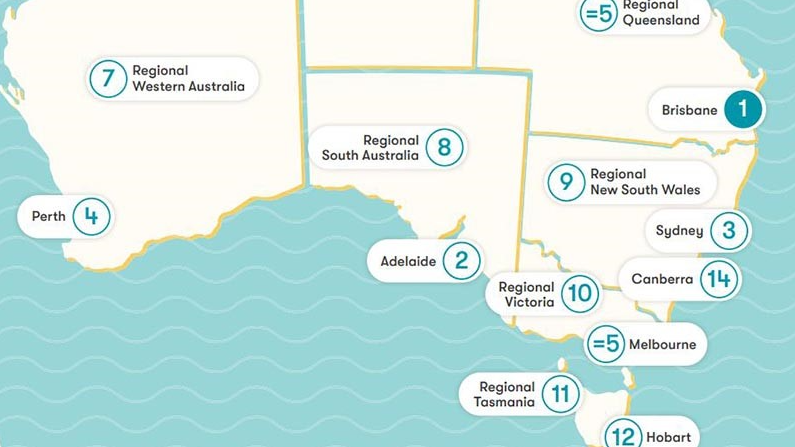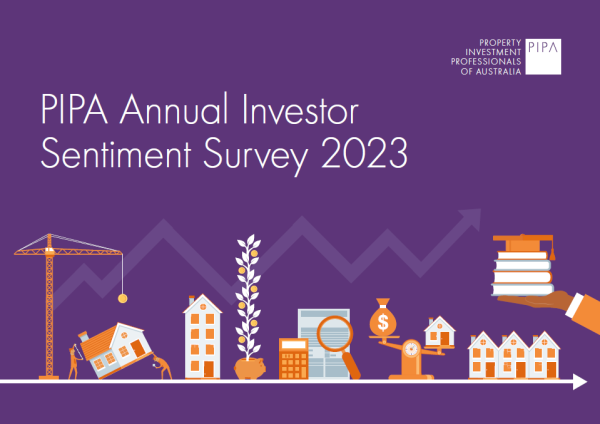On Tuesday evening (29 March), federal Treasurer Josh Frydenberg handed down the Morrison government’s 2022-23 budget, outlining its plans to help grow the Australian economy for a “stronger future” while supporting Australians in managing the growing cost of living.
Among the key measures relating to the mortgages space were schemes to address housing affordability. The issue has been in close focus recently after the House of Representatives standing committee on tax and revenue tabled the report resulting from the inquiry into housing affordability and supply in Australia.
Chief among the affordability measures was an additional commitment to the government’s Home Guarantee Schemes (as was teased ahead of the release of the full budget), which aim to help more Australians buy their own home sooner without needing to pay lenders mortgage insurance (LMI).
Under the expanded Home Guarantee Scheme, the government will more than double the Home Guarantee Scheme to 50,000 places per year.
It will make available:
- 35,000 guarantees each year under the First Home Guarantee, up from the current 10,000, from 1 July 2022
- 10,000 guarantees each year from 1 October 2022 to 30 June 2025 under a new Regional Home Guarantee
- 5,000 guarantees each year from 1 July 2022 to 30 June 2025 to expand the Family Home Guarantee (which was announced in last year’s budget).
Mr Frydenberg also said the government would be increasing its support for affordable housing by $2 billion through the National Housing Finance and Investment Corporation.
“Helping more Australians to own a home is part of our plan for a stronger future,” he said.
‘Financial hurdles facing many FHBs can be confronting’
Joining the position of industry players including the HIA and REIA, the chief executive of non-bank lender Pepper Money, Mario Rehayem, said the lender welcomed the government’s “continued commitment towards housing schemes for many aspiring homeowners”.
Stating that Pepper is “a strong advocate for any policy or program that makes it easier for Australians to get the keys to their own home sooner”, Mr Rehayem commented: “We’re pleased to see the government back more Australians and open the doors to greater affordability; making it easier for Australians to get on the property ladder sooner, by cutting down the time needed to save for a deposit.
“Since the FHLDS was first announced in 2019, many first home buyers have been given access to the market sooner; and we’re pleased to see the scheme continue going from strength to strength. The eligibility requirements and pricing caps will continually need to be considered to reflect real life and the rising costs of housing, particularly in capital cities.
“Whether you’re buying in a capital city or a regional area, the financial hurdles facing many first-home buyers can be confronting and have only become more challenging since the pandemic. Against a backdrop of rising living costs, increased fuel prices, low wage growth, and rising property prices, many aspiring first home buyers can feel locked out and unable to save fast enough to keep up with the pace of growth.
“As these new or extended initiatives [are] becoming available, more first home buyers will have greater opportunity than ever to secure a place. Places are limited, so we strongly encourage first home buyers to speak with their mortgage broker about their eligibility.”
Similarly, chair of the Property Investment Professionals of Australia (PIPA), Nicola McDougall, noted that while saving a property deposit had always been difficult, it was even more so now with record property prices and soaring cost of living pressures.
“The doubling of the federal government’s various home guarantee schemes will assist some 50,000 people annually, many of whom may have struggled to achieve home ownership without it,” Ms McDougall said.
“The role that home ownership plays in the creation of household wealth as well as housing security cannot be denied, but record property prices is preventing many people from ever achieving that goal.
“It’s especially pleasing to see the Family Home Guarantee for single parents expanded to 5,000 places every year until 2025 because these are the buyers who need assistance the most.
“With rental markets critically undersupplied around the nation, helping single parents make the usually difficult transition from being a tenant to a homeowner will make a significant difference to their lives as well as to the lives of their children.
“Schemes such as these will help thousands of potential homeowners, which will fundamentally improve their financial situation throughout their lives as well as during retirement.”
‘Piecemeal schemes’ won’t make housing more affordable
However, other players, such as RateCity.com.au research director, Sally Tindall, suggested that these “piecemeal schemes” would not make housing any more affordable.
She said: “Property prices and new mortgage sizes are both at record highs, while risky lending, where people are taking on debts that are six times or more their annual income, continues to rise. The regulators are sending out warnings while the politicians are telling people to jump in.
“Encouraging people to buy at inflated prices with next-to-no buffer in the face of rising interest rates comes with some pretty serious risks.
“To date, the Home Guarantee Scheme has helped thousands of Australians get a foot on the property ladder, and in many cases, capitalise on rising property prices. However, the outlook for the next couple of years is very different.
“Property prices are forecast to fall significantly in both Sydney and Melbourne over the next two years, so anyone buying with a 5 per cent deposit now, could find themselves owing the bank more than their property is worth by the end of 2024.
“While most new buyers should be able to ride out a drop in the property market, anyone who hits a rocky patch with no buffer, might not be able to make their monthly repayments and risk losing their home.
“Purchasing a property with a small deposit might help people buy sooner, however the ramifications of taking out a larger loan should be carefully considered.”
Annie Kane, Mortgage Business, 30 March 2022
https://www.mortgagebusiness.com.au/breaking-news/16637-does-the-federal-budget-go-far-enough-on-affordability




